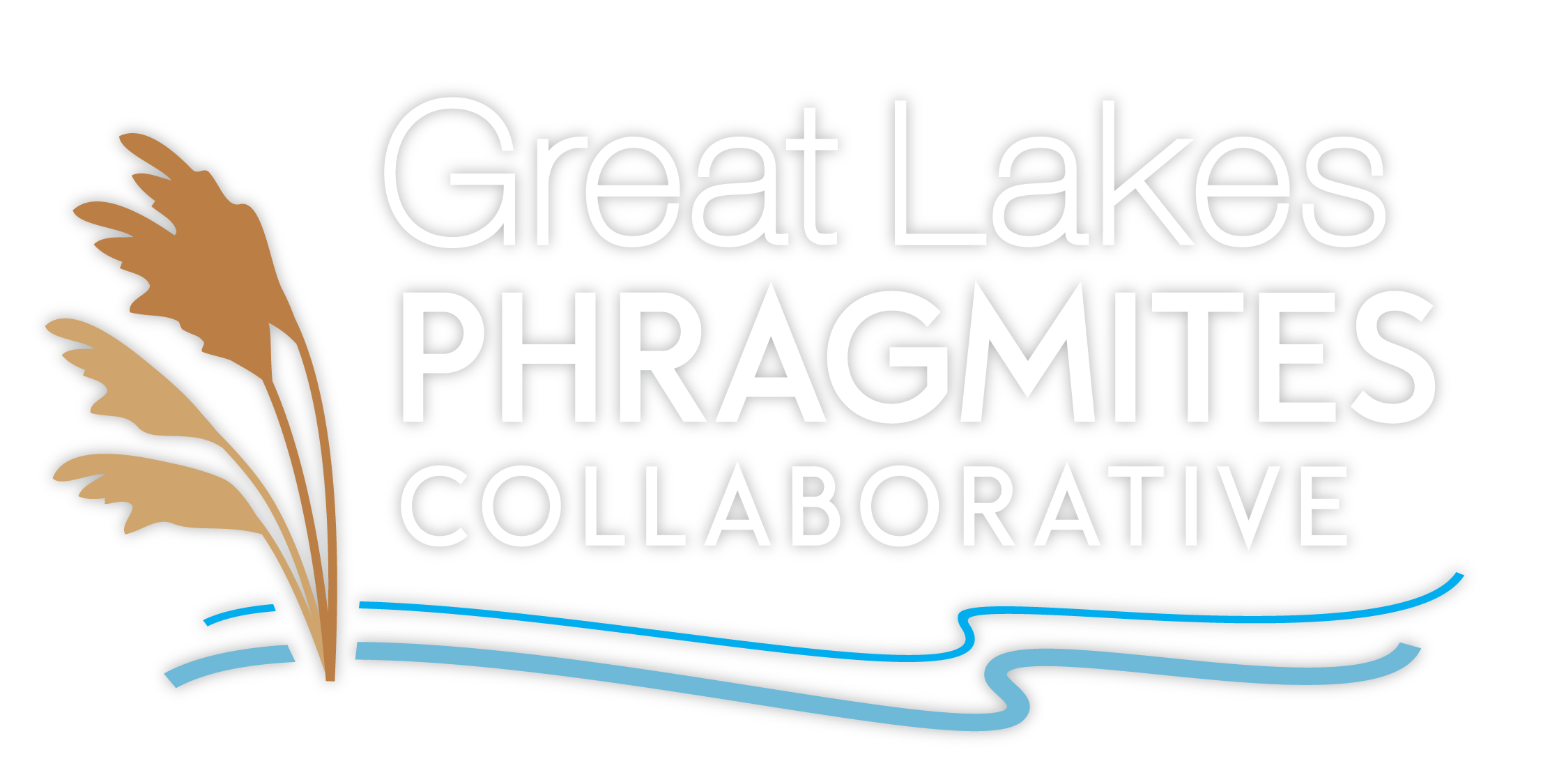The GLPC Blog
Learn about what’s going on in the world of Phragmites!
The GLPC Blog has it all with case studies, research updates, management technique topics and more! Scroll through our recent blogs below, or if you are looking for something specific use our blog search and check out our blog archive and blog topics on the right side of the page.
Blog Search
Search through our archive of blog posts here. If you are looking for related topics and terms to search check out some of our blog topics on our right side menu.
Phragmites and Herpetofauna
David Mifsud. Reptiles and Amphibians – collectively, herpetofauna – are ecologically important groups that fill a critical mid-level position in food webs; serving as predators, scavengers, and important prey for higher predators. Occupying such a unique position, herpetofauna are key bioindicators of ecosystem health and habitat quality as they are typically sensitive to disruption in the environment
Success Stories from the Northwest Michigan Invasive Species Network
Katie Grzesiak. Northwest Michigan is facing habitat challenges from invasive Phragmites, just like much of the rest of the Great Lakes. The Northwest Michigan Invasive Species Network (ISN) is working to control Phragmites along the Lake Michigan shoreline and inland in Benzie, Grand Traverse, Leelanau, and Manistee counties with good success.
Cooperative Weed Management Areas Collaborate to Manage Phragmites
Kate Howe. Despite a land owner or natural resource manager’s best efforts to remove every Phragmites plant from the property he or she manages, the effort is doomed to failure if neighboring properties still harbor Phragmites that can readily invade managed areas. Long-term control is only likely to be successful when managed at a landscape scale through collaboration among land owners and managers.
Minnesota Regulates Non-native Phragmites as a Restricted Noxious Weed
Tony Cortilet, Laura Van Riper. In 2013, non-native Pragmites became regulated as a Restricted Noxious Weed in Minnesota. This means that the importation, propagation, sale, and transportation (in violation of Minnesota Statute 18.82) of non-native Phragmites propagating parts is not allowed in the state.
Update: Anchor Bay/St. Clair Flats Phragmites Control and Education Project
Jason Hill. Now in our third year, partnership efforts continue to achieve success in controlling invasive Phragmites and educating the stakeholders of Northern Lake St. Clair, Michigan. Project funding was provided by the U.S. Environmental Protection Agency via the Great Lakes Restoration Initiative, with matching funds committed by Ducks Unlimited.

